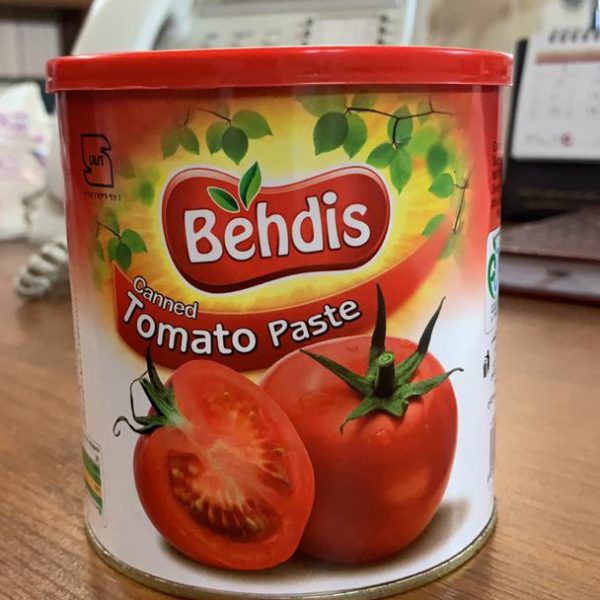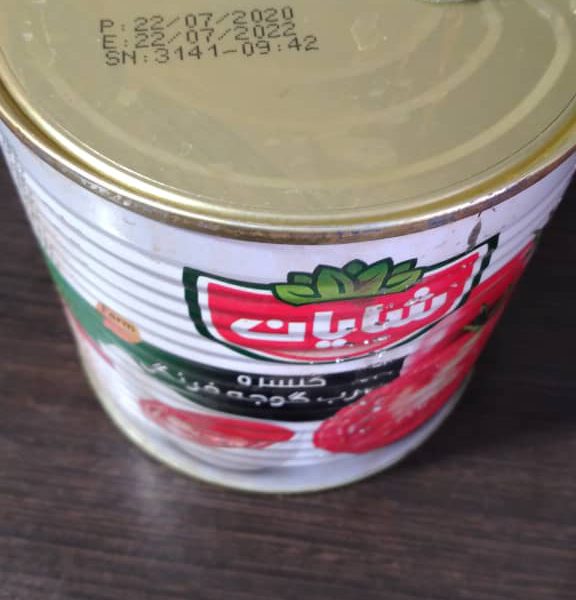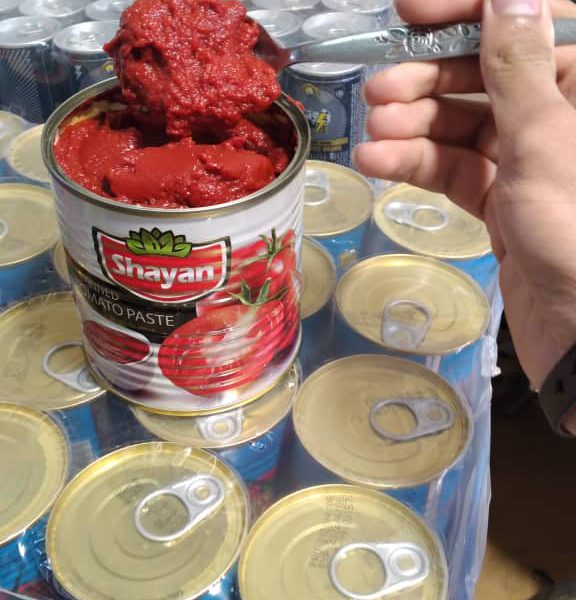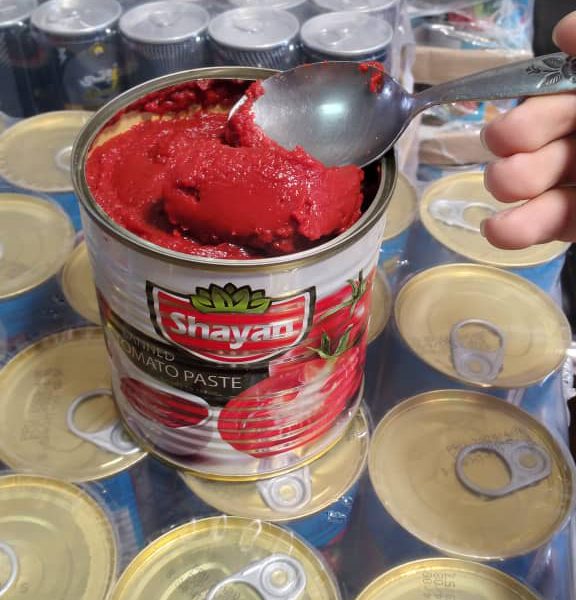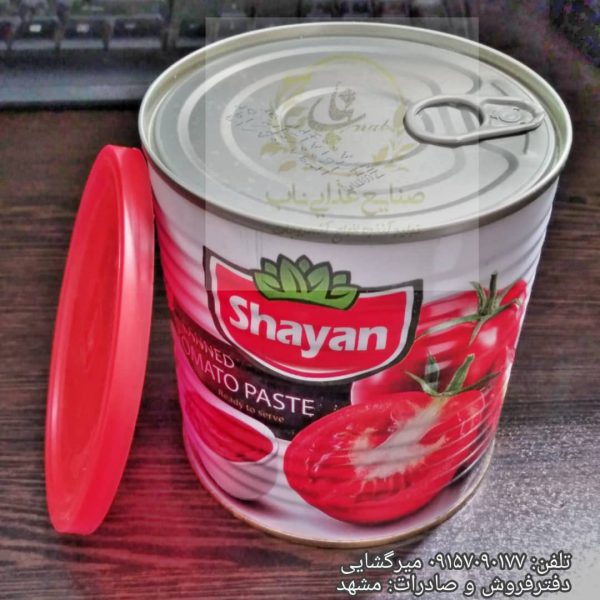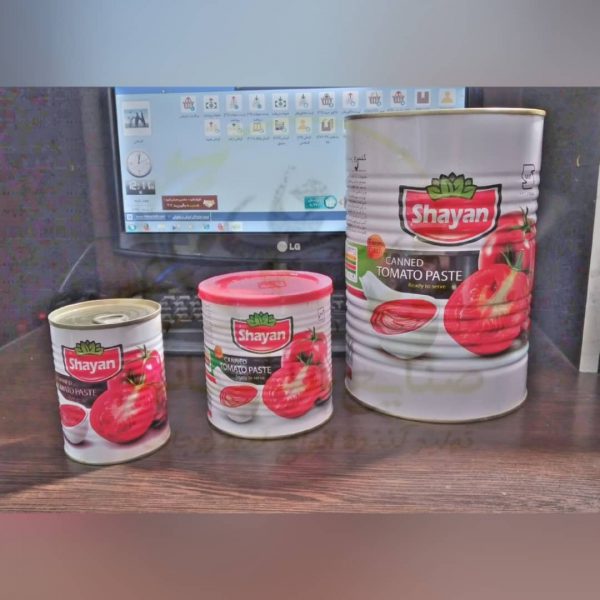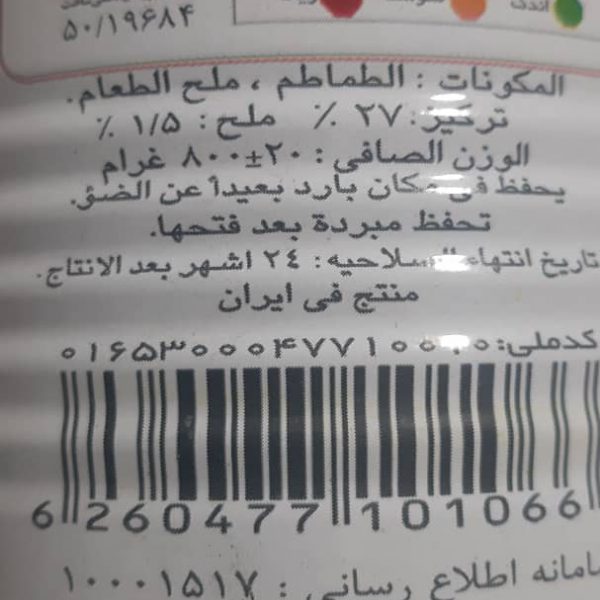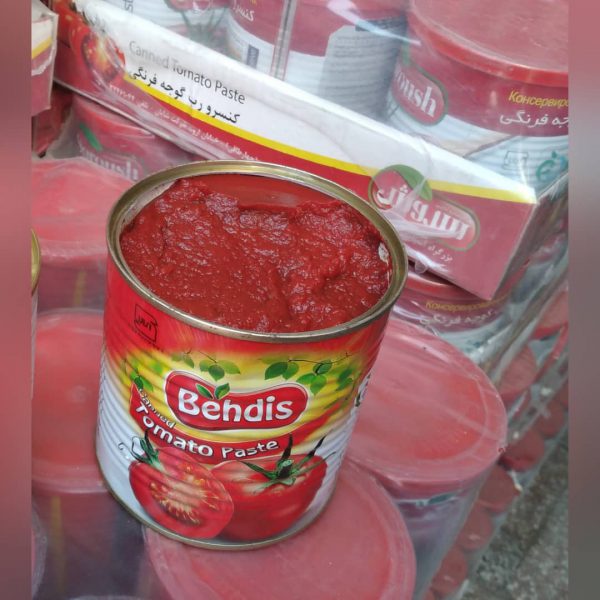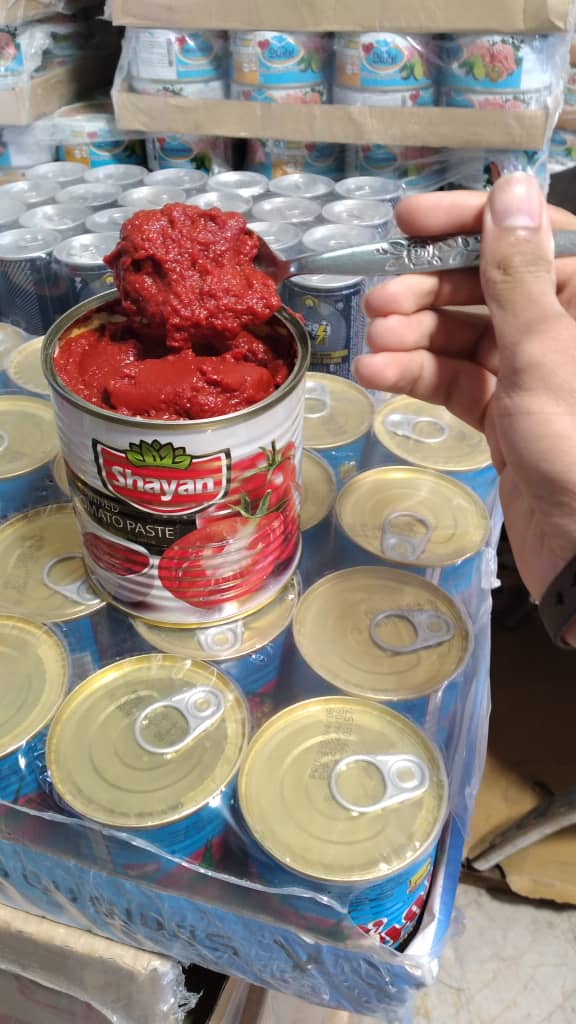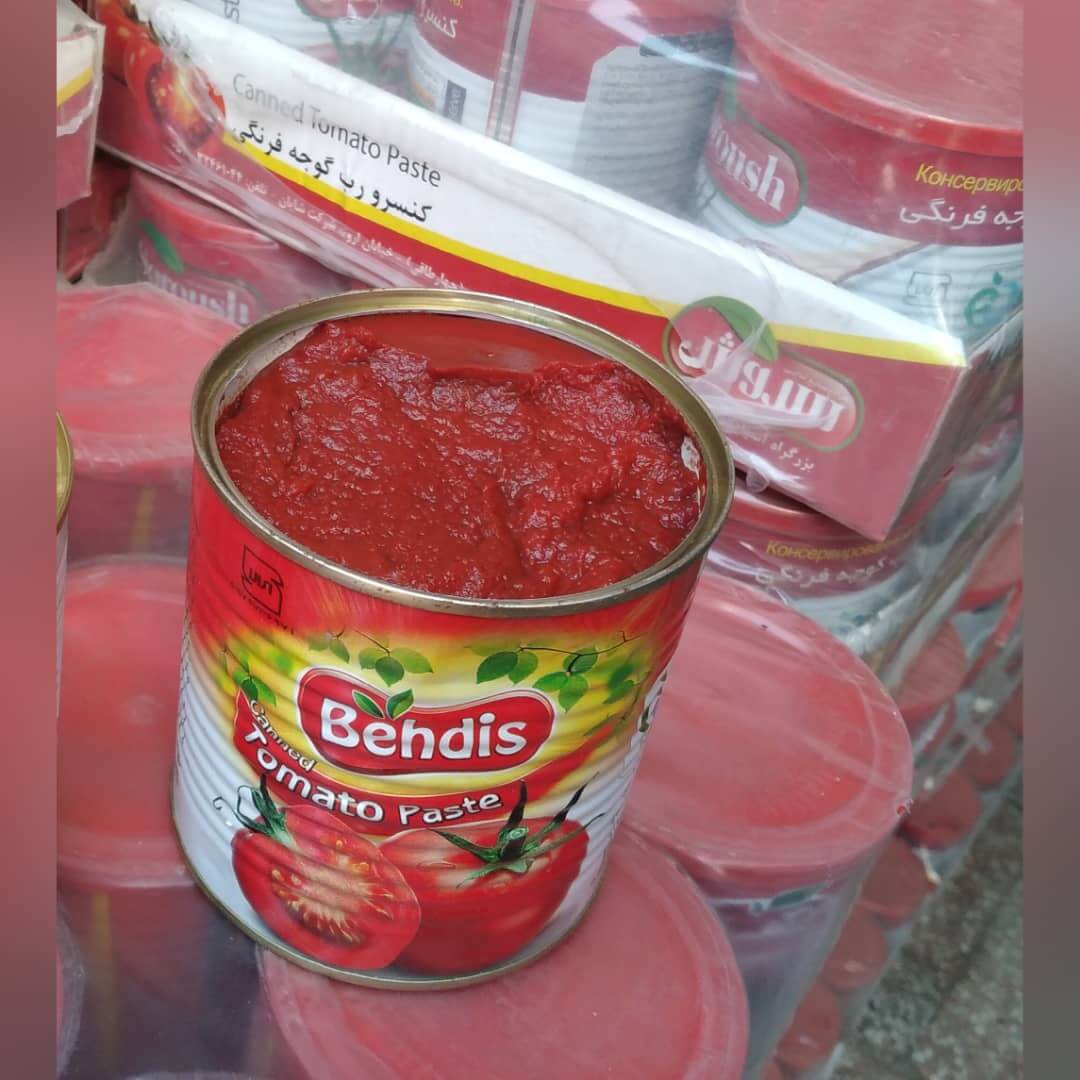How to make good quality tomato paste
Raw material
Tomatoes suitable for the production of paste should be large, with a thin thin skin, soft texture, high solids content (brix), bright red color in the skin and flesh, pleasant taste and smell, healthy, free from mold and pests, no cavities Watery inside, without large and coarse core, contains high monosaccharide and disaccharide, low acidity, resistant to mold growth and should be ripe at harvest but not too much. Small containers are more suitable for transporting tomatoes to prevent the tomatoes from being crushed and cracked.
Steps of canned tomato paste production line
1- Washing
The washing operation is performed to separate and remove the particles of mud and soil. For this purpose, the product is soaked in water for 4-6 minutes and during this operation, compressed air is introduced into the container. It is rubbed together with the tomatoes and Suspends are effectively cleaned.
After this stage, the product is washed by rotating curtains on the way to the next stage with clean water that has been sprayed with high pressure to remove the contamination of the washing pool to a greater extent.
2- Inspection on the tape (sorting)
At this stage, the tomatoes are lifted by a special conveyor belt and by force
Humans are inspected to remove damaged, moldy, pest-infected, immature, plant debris and other impurities.
Tip: Unripe tomatoes are stored for a short time until ripe and consumed.
3- Crushing and crushing (pulp)
At this stage, healthy and sorted tomatoes are automatically transferred to a device called Pulper. This machine has two toothed jaws, one of which is fixed and the other is movable. Tomatoes are pressed, cut, crushed and become tomato pulp by passing through this jaw.
4- Separation of core and shell (ion filter)
To separate the core and shell and remove other possible impurities, two or three-stage filters are used, which are cylindrical in shape and the diameter of their holes is 1.2-1.6 mm and sometimes 2 mm for the first stage, 0.6-0.8 mm for the second stage is 0.3-0.4 mm for the third stage or (Finisher) which separates large, medium and small particles, respectively.
5- Concentration in vacuum
Vacuum evaporators are used to remove excess water. The use of a vacuum system allows the concentration to be done in a shorter time at a lower temperature, and as a result, the color and other appearance properties of the product are better preserved. This stage takes place in double-walled boilers that are heated by water vapor pressure and have a capacity of about 2.5-4 tons.
Note: To deliver water-soluble solids and improve the taste, about 3% – 2% salt is added to the product. Adding salt is automatically added to the cooking pot by suction pumps.
6- Filling, exhaust, capping and attachment:
Paste cans are usually made of metal with a lacquered inner layer. And their capacity is in two types, half a kilogram and one kilogram. These cans are automatically sterilized before being filled with steam, and then the filling is done automatically by the conveyor to the transferred filling part, then the exhaust action is done by entering steam to get the air between. Product and create a relative vacuum is done.
After the exhaust, the cans are sealed by a roller sealing machine and then relied on by the jet printer on the conveyor. Which include manufacturing series, production date and expiration date.
7- Temperature process
This step is done in a pot containing boiling water. In such a way that the cans are transferred to the boiling water boiler immediately after attachment by conveyor and depending on the type of cans, they undergo a temperature process of boiling water at 100 ° C for 80-45 minutes. Cooling is done by spraying cold water on the cans after removing from the pot.
Labeling and packaging Labeling is done by workers and with starch glue. Shearing system is also used for packaging.
Thus, half-kilogram cans are packed in packages of 24, one-kilogram cans are packed in packages of 12 and 24, and one-kilogram cans are packed in packages of 12.
Tomato paste production line chart
Tomato paste quality control tests
A) Physical tests
1- Testing to determine the amount of soluble solids in water (BRICS)
Brix paste for home consumption without considering salt should be at least 25%. Due to the fact that 2-3% salt is added to the solution. The final Brix is 28% – 27%.
Brix testing is performed by hand or desktop refractometers.




